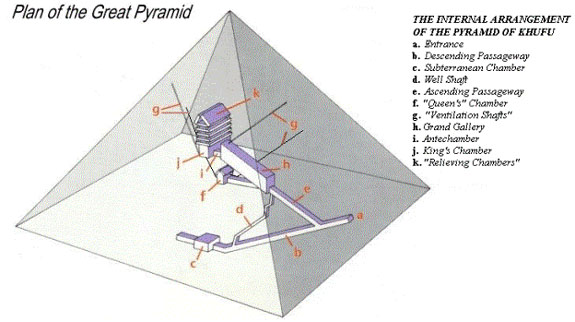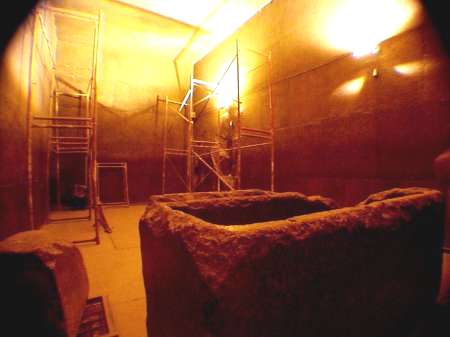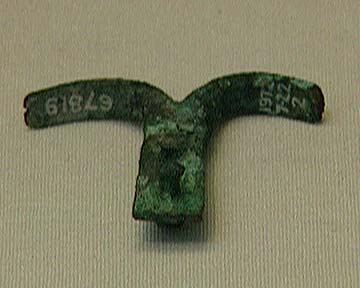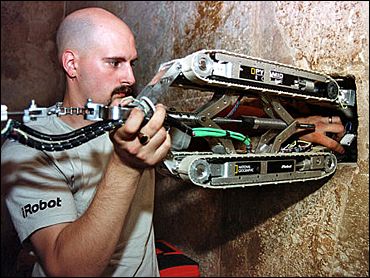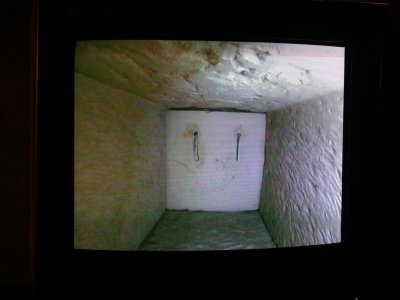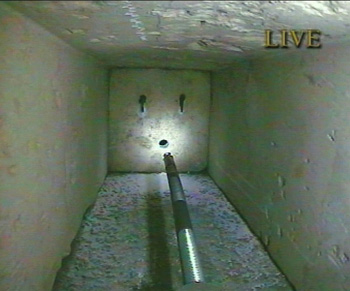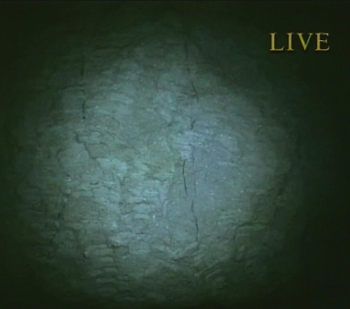| Some suggest that carbon dating the wood
would allow accurate dating of the Pyramid because wood must have been left in
the shaft when the Pyramid was constructed (given that the shaft was sealed) but
I contend that this is not absolute. Wood may been placed in the shaft after
construction via the shaft’s exit, if one exists.
Egyptologists have multiple explanations for these shafts. Some believe that
they were used for ventilation, but this cannot be true as they do not open up
to the outside. Others believe that they have an astronomical function; the
southern shaft connected to the star Sirius, and the northern shaft linked to
Minoris, Ursa, and Beta. Stadelmann believes that these shafts are not for
ventilation, but are tunnels through which the king’s soul will rise to the
stars that never darken.
I believe that the shafts from the so-called
Queen’s Chamber likely have no function, as they were blocked from the inside.
If they had a religious function, they should have been left open, as were the
shafts of the third burial chamber (the King’s Chamber). Since these open
outside of the pyramid, I believe that Khufu’s soul was meant to travel through
them. The south shaft was intended for Khufu to use as the sun god Ra. The south
shaft opens exactly between the two boat pits to the south of the Pyramid. Khufu
would take the two boats and use them as solar boats – one for the day trip, one
for the evening trip. The north shaft was made for the soul of Khufu as Horus to
travel to the stars in order to emerge from them as the sun god.
|
